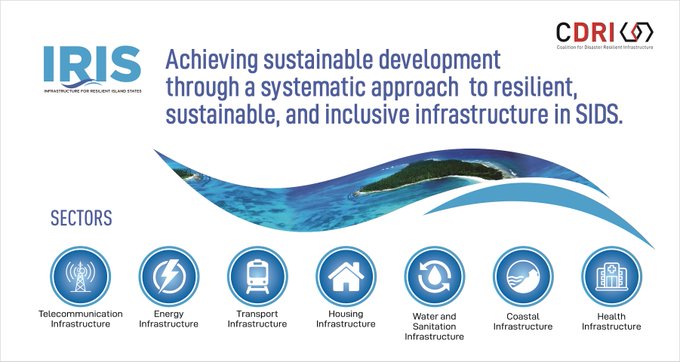Free Courses Sale ends Soon, Get It Now


Free Courses Sale ends Soon, Get It Now



Disclaimer: Copyright infringement not intended.
Context
What is CDRI?
Need of such coalitions
What is IRIS?
© 2024 iasgyan. All right reserved